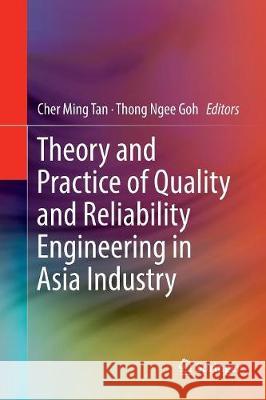Theory and Practice of Quality and Reliability Engineering in Asia Industry » książka
topmenu
Theory and Practice of Quality and Reliability Engineering in Asia Industry
ISBN-13: 9789811098345 / Angielski / Miękka / 2018 / 300 str.
Kategorie:
Kategorie BISAC:
Wydawca:
Springer
Język:
Angielski
ISBN-13:
9789811098345
Rok wydania:
2018
Wydanie:
Softcover Repri
Ilość stron:
300
Waga:
0.44 kg
Wymiary:
23.39 x 15.6 x 1.68
Oprawa:
Miękka
Wolumenów:
01
Dodatkowe informacje:
Wydanie ilustrowane











